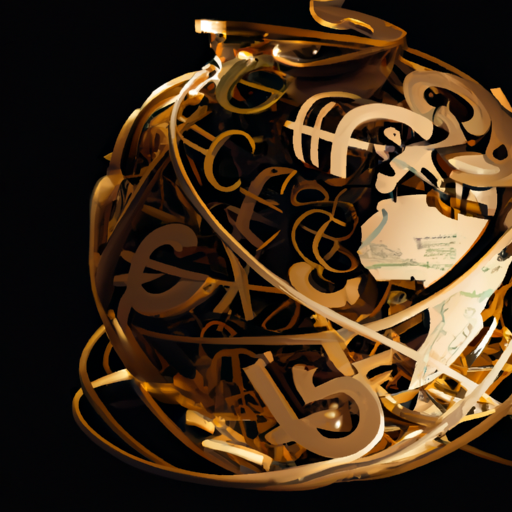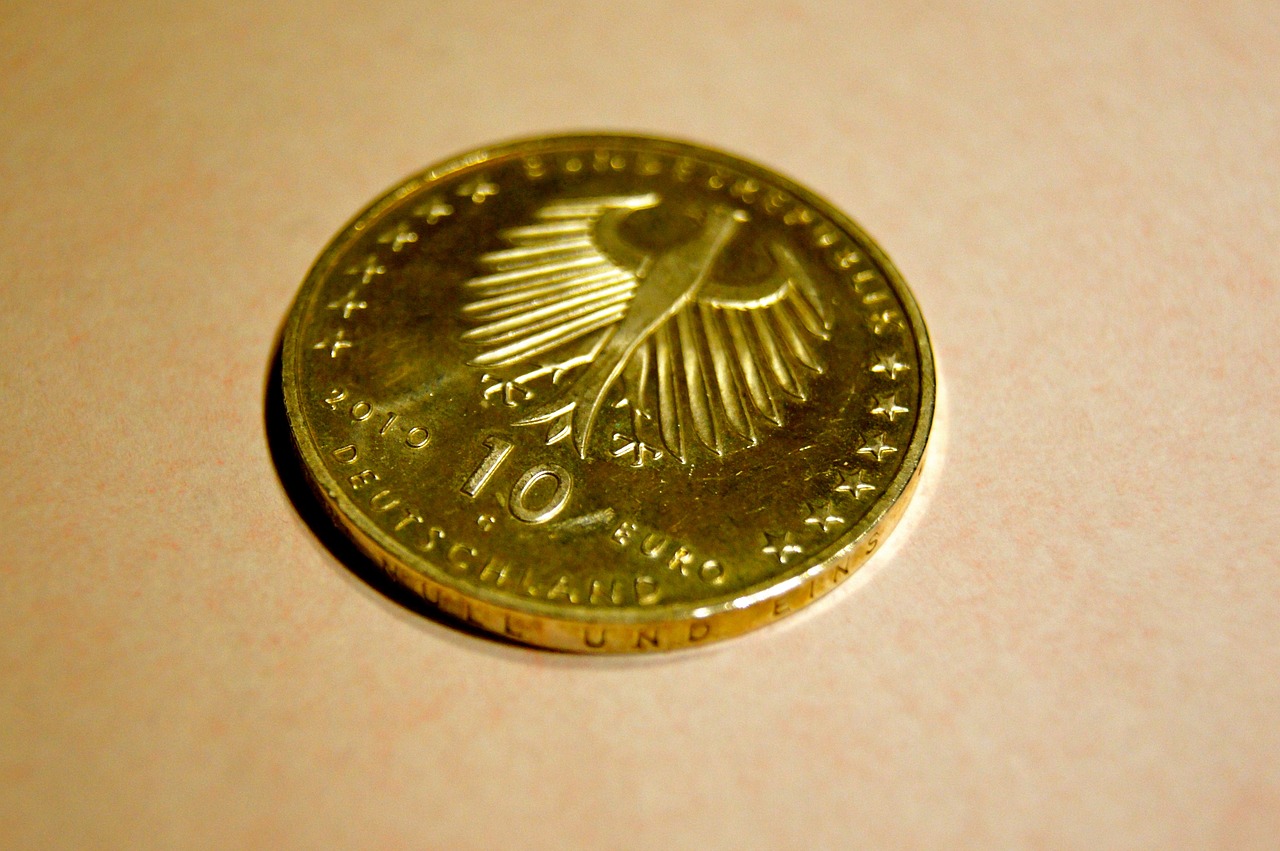Get insights on the decline of the Japanese yen. The Bank of Japan’s failure to raise interest rates and the expectation of lower rates in the US and Europe have affected the yen’s value. The impact is also seen on other major currencies like the dollar and the euro. Know more about the technical levels and trends in USD/JPY pair. Stay informed and make better trading decisions.
As the year comes to a close, it seems that the Japanese yen is facing yet another disappointing chapter. Despite a recent rebound, the yen is still expected to end the year down approximately 8% against the US dollar. The main culprit behind this decline is the Bank of Japan’s failure to raise interest rates. However, there is a glimmer of hope for the yen, as the expectation that foreign central banks in the US and Europe will significantly lower interest rates in 2019 has actually contributed to its recent recovery. This has had the interesting effect of causing currencies like the dollar and the euro to lose some ground relative to the yen. It remains to be seen how the yen will fare in the coming months, but for now, its turbulent journey continues.
Reasons for the Yen’s Decline
The Japanese yen has faced a decline in its value for several reasons. One key factor is the Bank of Japan’s failure to raise interest rates. This decision has contributed to the weakening of the yen compared to other currencies.
Another significant factor is the expectation of lower interest rates in the United States and Europe. This anticipation has led to a decrease in the value of the yen relative to the US dollar and the euro. As foreign central banks prepare to lower interest rates, investors have turned away from the yen, causing a decline in its value.

Yen’s Rebound in Recent Months
Despite the decline, the yen has experienced a rebound in recent months. This resurgence has provided some relief for the currency, although it is still expected to end the year down about 8% against the US dollar. While this increase in value is positive for the yen, it is important to note that it has not fully recovered from its earlier decline.
Looking ahead, it remains to be seen how the yen will perform in the coming months. Market observers are keeping a close eye on various factors that may impact its value, including global economic conditions and central bank policies.

Impact on Other Currencies
The yen’s decline has had an impact on other major currencies, such as the US dollar and the euro. Compared to the yen, these currencies have lost ground.
As the yen weakened due to the reasons mentioned earlier, the dollar and euro have become relatively stronger. This shift in the exchange rates between these currencies has created trading opportunities and affected international trade and investment. It is important for businesses and individuals involved in forex trading to keep a close watch on these currency dynamics to make informed decisions.

USD/JPY Technical Outlook
Taking a closer look at the USD/JPY pair, it can be observed that it recently reached a new high of 142.66. This upward movement indicates some bullish sentiment in the market.
However, when examining the overall trend, a bearish pattern with lower-highs can be observed. This pattern suggests that the yen’s decline is still prevalent, despite occasional rebounds. Technical analysts are closely watching this trend to predict future movements in the USD/JPY pair.
Additionally, the 200-day Simple Moving Average (SMA) has acted as a resistance level for the pair. This means that the price of USD/JPY has struggled to surpass this level, indicating a potential barrier to further upward movement.

USD/JPY Technical Levels
For traders and investors interested in the specific technical levels of the USD/JPY pair, several factors should be considered. These include the last price and daily change, trends and moving averages, previous high and low levels, Fibonacci levels, and pivot points.
Knowing the current price and the daily change can provide insights into the recent performance of USD/JPY. Understanding trends and moving averages can help identify potential support and resistance levels. Previous high and low levels indicate historical price movements that may impact future trading decisions.
Fibonacci levels are used to identify potential retracement levels based on mathematical ratios. These levels can help traders determine entry and exit points for their positions. Pivot points, on the other hand, are calculated using the previous day’s price data and serve as potential support and resistance levels.
Keeping track of these technical levels can assist traders in making informed decisions and managing their risk.
In conclusion, the Japanese yen has experienced a decline in value primarily due to the Bank of Japan’s failure to raise interest rates. However, the expectation of lower interest rates in the US and Europe has led to a recent rebound in the yen’s value. This rebound, although positive, does not fully offset the earlier decline.
The yen’s decline has also had an impact on other major currencies like the US dollar and the euro, causing them to lose ground in comparison. This has implications for international trade and investment.
Looking specifically at the USD/JPY pair, a bearish trend with a lower-highs pattern is evident. Resistance at the 200-day SMA has impeded further upward movement.
Considering the technical levels, various factors such as today’s last price, trends, previous highs and lows, Fibonacci levels, and pivot points play a role in analyzing and predicting the future movements of the USD/JPY pair. Traders and investors can utilize this information to make informed decisions and manage their forex positions effectively.



